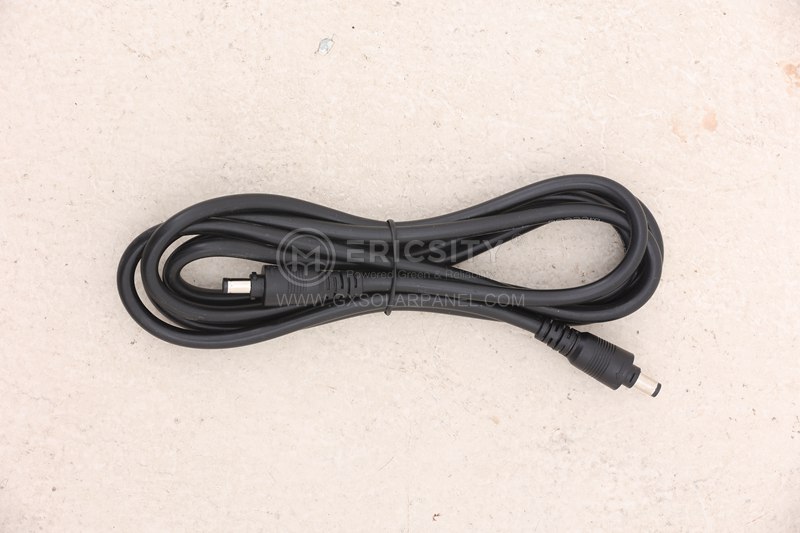HOT PRODUCT
Product Details
The Science Behind 40w Portable Panels: How They Generate Electricity
The Science Behind 40W Portable Panels: How They Generate Electricity
In recent years, there has been a growing interest in portable solar panels as a renewable energy solution. Among the various options available, the 40W portable solar panels have gained popularity due to their compact design and ability to generate electricity on the go. But have you ever wondered how these portable panels work and harness the power of the sun? In this article, we delve into the science behind 40W portable panels and explore how they generate electricity.
Solar panels, including portable ones, are devices that generate electricity directly from sunlight. They exploit the phenomenon of photovoltaic effect to convert sunlight into usable electrical energy. Photovoltaic (PV) cells, which are the building blocks of solar panels, are made from semiconductor materials like silicon. These materials have unique properties that allow them to convert sunlight into electric current.



The core principle behind the operation of 40W portable panels is the ability of PV cells to generate an electric current when exposed to sunlight. Each solar panel consists of an array of PV cells connected in series or parallel to increase the overall voltage or current output. In the case of a 40W portable panel, the power output is designed to generate approximately 40 watts of electricity under optimal sunlight conditions.

When sunlight hits the surface of a PV cell, it excites the electrons in the semiconductor material, causing them to break free from their atoms and create an electric current. This movement of electrons creates a flow of electricity. However, in order to extract electricity from the PV cells, the current generated needs to be converted from DC (direct current) to AC (alternating current), which is the standard form of electricity used in our homes and businesses.
To achieve this conversion, 40W portable panels are typically equipped with a built-in inverter. The inverter takes the DC electricity produced by the panel and converts it into AC electricity. This allows the generated power to be compatible with common household appliances and electronics.
In addition to the inverter, portable solar panels often feature a charge controller, which regulates the amount of electricity flowing from the panels to connected devices or batteries. This helps to protect the devices from overcharging and ensures efficient use of the generated electricity.
The size and capacity of 40W portable panels make them ideal for various applications. Whether you’re camping, hiking, or simply in need of a backup power source, these portable panels offer a reliable and convenient solution. They can be easily transported and set up, harnessing the power of the sun wherever you go.
It’s worth mentioning that the performance of 40W portable panels depends on several factors. The efficiency of the PV cells themselves, the angle and direction at which the panel is positioned towards the sun, the intensity and duration of sunlight, and any potential shading or obstructions can all affect the electricity generation.
In conclusion, the science behind 40W portable panels revolves around the photovoltaic effect. These compact solar panels utilize PV cells made from semiconductor materials to convert sunlight into electricity. A built-in inverter converts the generated DC electricity to AC, ensuring compatibility with common household appliances. With their portable and efficient design, 40W panels offer a convenient solution for harnessing solar energy on the go.




